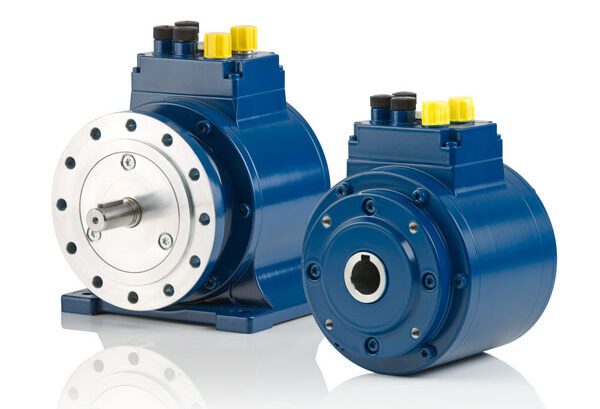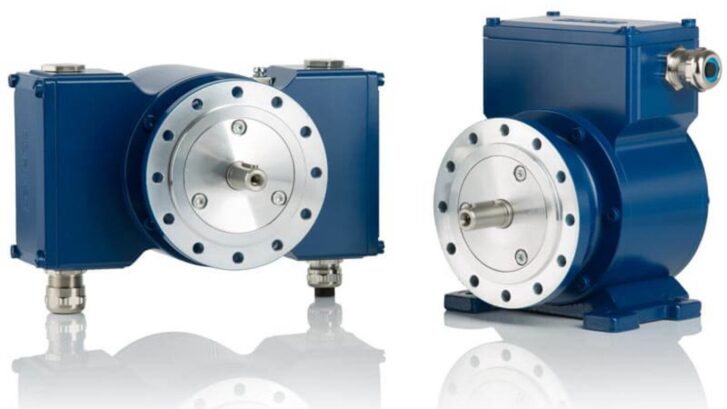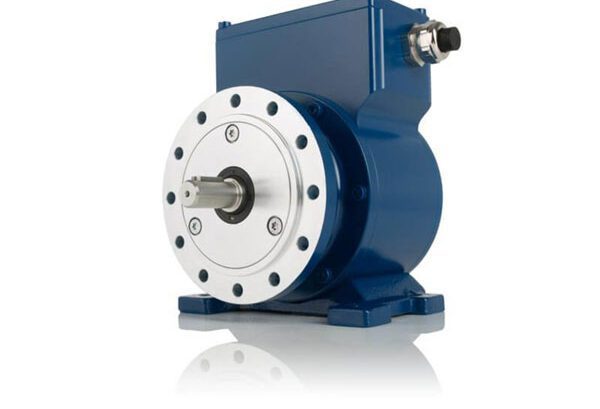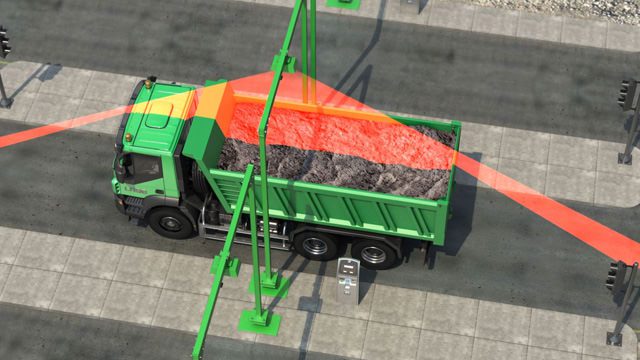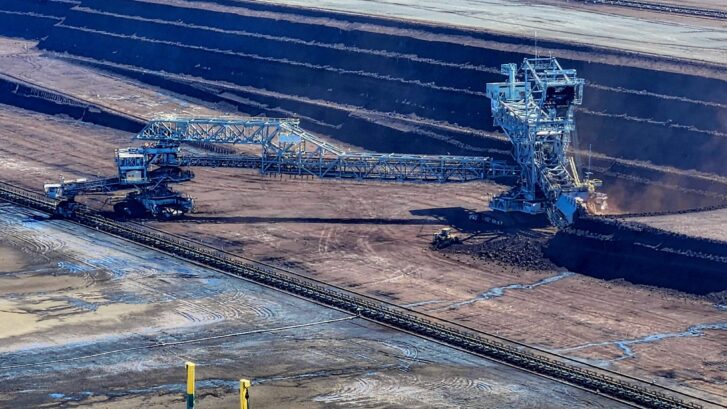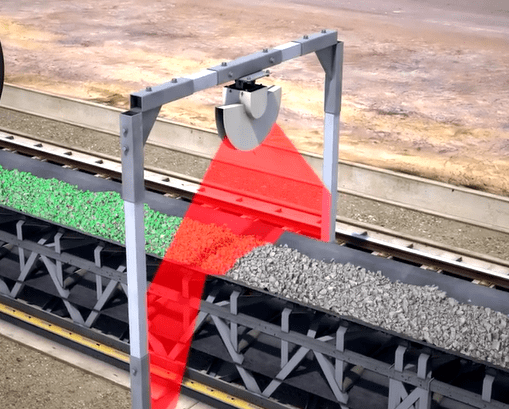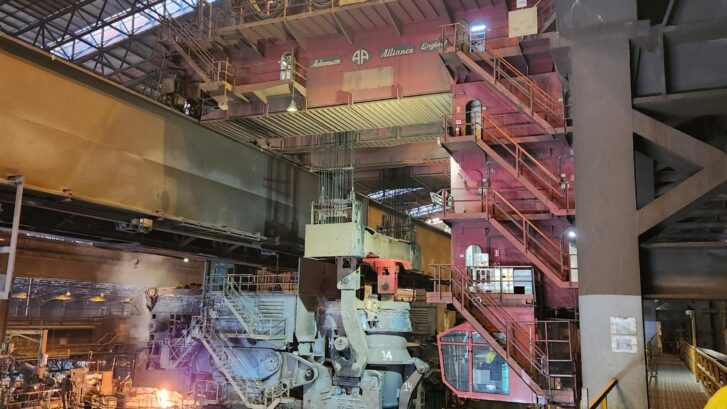Absolute vs. Incremental Encoders: A Detailed Guide
Compare absolute and incremental encoders to choose the right one for your application. Explore key differences, benefits, and uses
In the realm of motion control and automation, encoders are indispensable for providing precise position feedback. They are critical components in numerous applications ranging from industrial machinery to robotics, where accurate positional data is essential for smooth operation. Encoders can be broadly categorized into two types: absolute encoders and incremental encoders. Therefore, understanding the distinctions between these two types is crucial for selecting the most suitable encoder for your needs. This comprehensive guide will explore the differences, advantages, and applications of absolute and incremental encoders, ultimately helping you make an informed decision.
The Basics: What Are Encoders?
Before delving into the specifics of absolute and incremental encoders, it’s essential to grasp what an encoder is and how it functions. An encoder is a device that converts mechanical movement into an electrical signal. Consequently, this signal can then be interpreted by a control system to determine parameters like position, speed, or direction. Encoders are widely used in applications requiring precise motion control, such as CNC machinery, automated robotics, elevators, and more.
Absolute Encoders: Definition and Functionality
Absolute encoders are designed to provide a unique position value for each distinct position of the encoder shaft. Unlike incremental encoders, which determine position by counting pulses, absolute encoders assign a specific digital code (such as binary or Gray code) to each position. As a result, the exact position of the encoder is immediately known, even after a power loss.
How Absolute Encoders Operate
Absolute encoders function by using a series of tracks or discs with specific patterns that generate a unique code for each position. As the encoder shaft rotates, sensors (either optical or magnetic) detect these patterns and convert them into a digital signal. Subsequently, this signal is then interpreted by the control system to determine the shaft’s exact position.
Absolute encoders come in two main types: single-turn and multi-turn. Single-turn absolute encoders provide a unique position value within one full rotation of the shaft. In contrast, multi-turn absolute encoders can track position across multiple rotations, making them ideal for applications that require long-range position tracking.
Incremental Encoders: Definition and Functionality
Incremental encoders operate by generating a series of pulses as the encoder shaft rotates. The control system counts these pulses to determine the shaft’s relative position. Unlike absolute encoders, incremental encoders do not provide an immediate position upon startup. Instead, they require a reference point or home position to establish the starting position.
How Incremental Encoders Operate
Incremental encoders utilize a disc with evenly spaced markings that generate pulses as the disc rotates. These pulses are typically detected by optical sensors that sense the transition between light and dark areas on the disc. Moreover, the resolution of the encoder is determined by the number of pulses generated per revolution (PPR).
Typically, incremental encoders produce two output signals known as the A and B channels, which are 90 degrees out of phase. This phase difference allows the control system to determine both the position and direction of rotation. Additionally, many incremental encoders also include a third signal, called the index or Z pulse, which is used to establish a reference or home position.
Comparing Absolute and Incremental Encoders
1. Position Tracking
- Absolute Encoders: These encoders provide an exact position value immediately upon startup, regardless of any prior movement or power interruptions. This capability makes them ideal for applications where maintaining accurate position information at all times is critical.
- Incremental Encoders: These encoders offer relative position information, which means the system must return to a reference point or home position after power is restored to establish an accurate position.
2. Complexity and Cost
- Absolute Encoders: These encoders are generally more complex and costly due to the advanced electronics needed to generate and decode unique position codes. Therefore, this complexity often results in higher costs.
- Incremental Encoders: Simpler in design, incremental encoders are less expensive, making them a cost-effective choice for applications where re-establishing position after power loss is acceptable.
3. Resolution and Accuracy
- Absolute Encoders: These encoders can offer very high resolution and accuracy, depending on the number of bits used in the digital code. Consequently, high-resolution absolute encoders are suitable for applications that require precise positioning.
- Incremental Encoders: The resolution of these encoders is determined by the number of pulses per revolution (PPR). Although high-resolution incremental encoders can achieve fine precision, interpreting the signals requires more complex processing.
4. Startup Behavior
- Absolute Encoders: These encoders immediately recognize their position upon startup, eliminating the need for homing procedures or external reference points.
- Incremental Encoders: These encoders require the system to establish a reference position upon startup, which can lead to delays in applications where immediate position feedback is necessary.
5. Signal Output
- Absolute Encoders: These encoders output a digital code representing the position, with the resolution and accuracy determined by the number of bits in the code.
- Incremental Encoders: These encoders produce square wave signals (A and B channels) used to determine position and direction, with the Z pulse providing a reference point for establishing a home position.
6. Environmental Considerations
- Absolute Encoders: These encoders are better suited for environments where conditions may change or where power loss is a concern. Their ability to provide immediate position feedback makes them more robust in such conditions.
- Incremental Encoders: These encoders are ideal for environments where the system can easily re-establish a reference position, and power loss does not significantly impact operation.
Applications Where Absolute Encoders Excel
Absolute encoders are commonly used in scenarios where knowing the exact position at all times is essential. Here are some typical applications:
1. Robotics
Robotic arms and automated systems often rely on absolute encoders to ensure precise positioning. In these applications, even a slight positional error can cause significant issues, making absolute encoders the preferred choice.
2. Medical Equipment
Medical devices such as imaging systems and surgical robots require high accuracy. Absolute encoders provide the reliability needed for these devices to function with the highest precision.
3. Industrial Automation
In industrial automation, absolute encoders deliver accurate position feedback for motors, conveyor systems, and other machinery. Furthermore, their ability to retain position information after power loss is crucial in these settings.
4. Aerospace
In aerospace applications, where reliability and accuracy are paramount, absolute encoders are used to provide precise position feedback for control surfaces, satellite positioning, and other critical systems.
Applications Suited for Incremental Encoders
Incremental encoders are often used in scenarios where relative position tracking is adequate. Here are some typical applications:
1. Motor Feedback
Incremental encoders are frequently used for motor feedback in applications where speed and direction information is needed. They are commonly found in servo motors, stepper motors, and other types of electric motors.
2. Conveyor Systems
In conveyor systems, incremental encoders provide position and speed feedback to ensure smooth operation. As a result, they are cost-effective solutions for these types of applications.
3. Machinery
Incremental encoders are utilized in various types of machinery, such as CNC machines, where precise movement tracking is necessary. Moreover, the ability to determine position and direction makes them ideal for these applications.
4. Elevators
In elevator systems, incremental encoders provide position feedback to ensure smooth and accurate operation. They help track the elevator’s position relative to the floors.
Making the Right Choice: Absolute vs. Incremental Encoders
Selecting the right encoder for your application involves considering several factors, including the need for immediate position feedback, the level of precision required, environmental conditions, and budget constraints. Here are some guidelines to help you make an informed decision:
1. Immediate Position Feedback
If your application requires knowing the exact position immediately upon startup, an absolute encoder is the best choice. Applications such as robotics, medical devices, and aerospace systems benefit from the reliability and accuracy of absolute encoders.
2. Cost Considerations
If budget constraints are a significant factor and your application can tolerate re-establishing a reference position after power loss, an incremental encoder may be a more economical option. Incremental encoders are generally simpler and less expensive, making them suitable for many industrial applications.
3. Environmental Conditions
In environments where power loss is a concern or conditions may change frequently, absolute encoders offer a more robust solution. Their ability to retain position information even after power loss ensures continuous and accurate operation.
4. Precision and Accuracy
For applications requiring high precision and accuracy, such as in robotics or medical devices, absolute encoders are often the better choice. Their high resolution and immediate position feedback make them ideal for these demanding applications.
Conclusion
Both absolute and incremental encoders play crucial roles in motion control and automation, each offering unique advantages depending on the application. Absolute encoders provide immediate position feedback, high accuracy, and robustness in changing environments, making them ideal for critical applications. Incremental encoders, on the other hand, offer a cost-effective solution for applications where relative position tracking is sufficient.
When choosing between absolute and incremental encoders, it is essential to consider the specific needs of your application, including the requirement for immediate position feedback, the level of precision needed, environmental conditions, and budget constraints. By carefully evaluating these factors, you can select the right encoder to ensure the smooth and accurate operation of your system.


